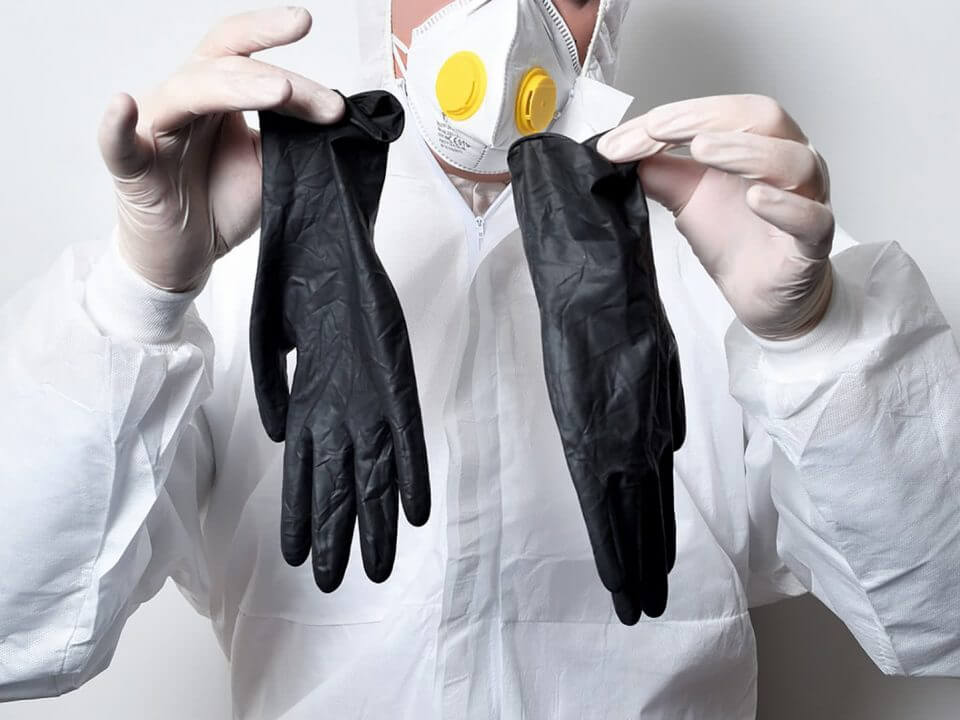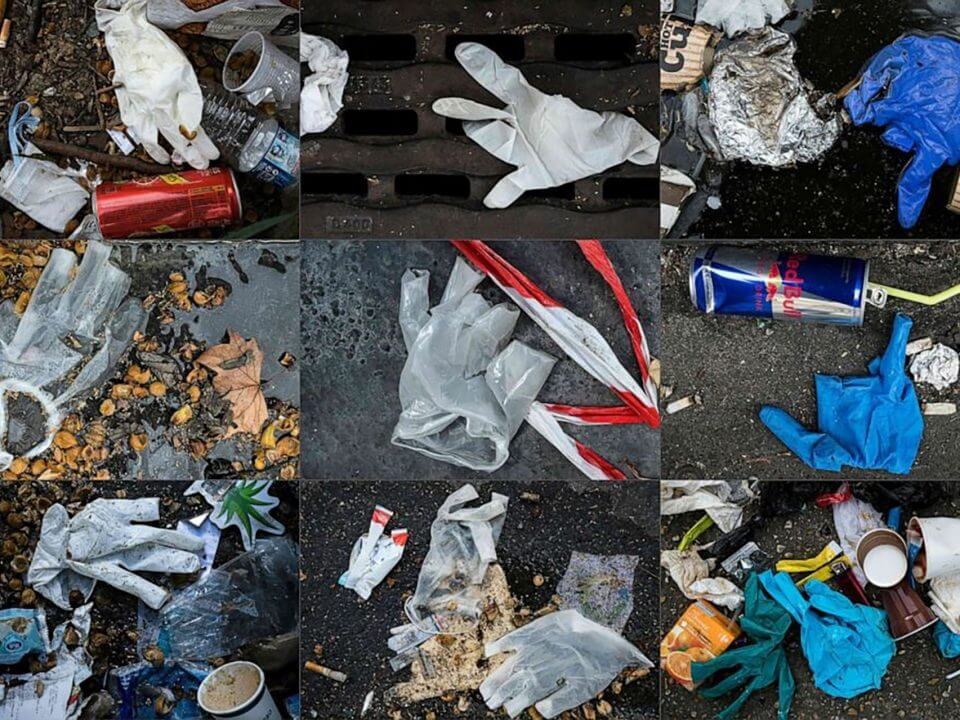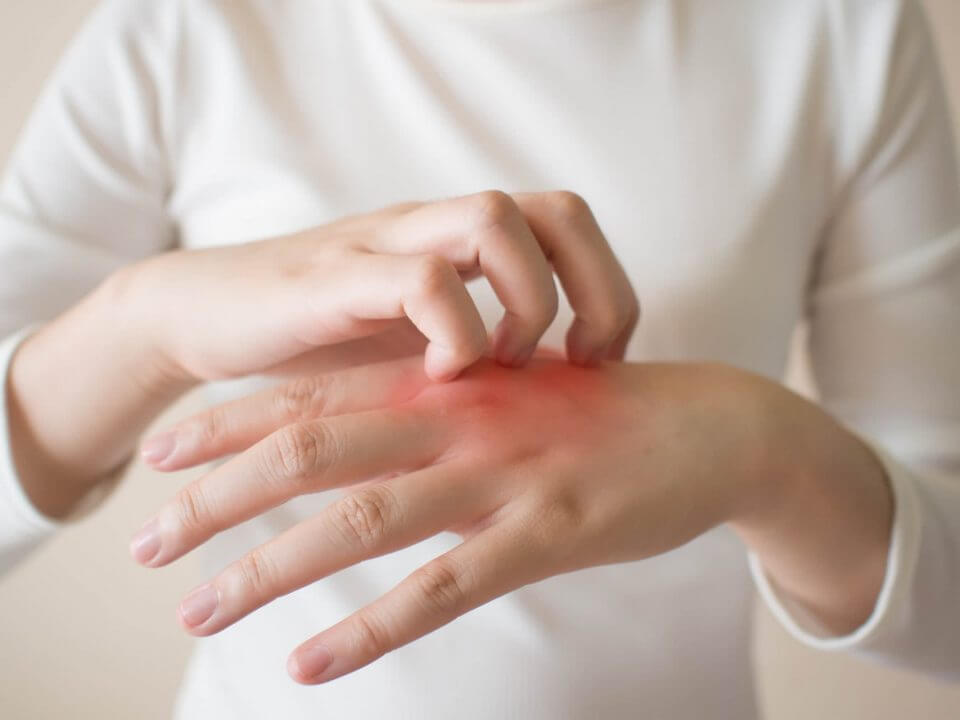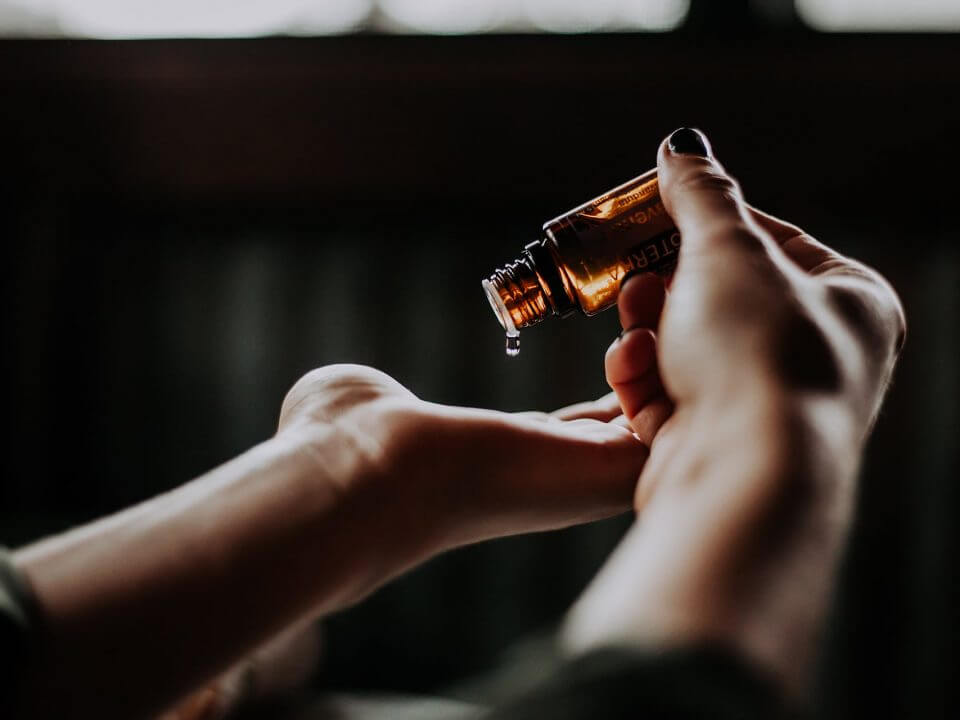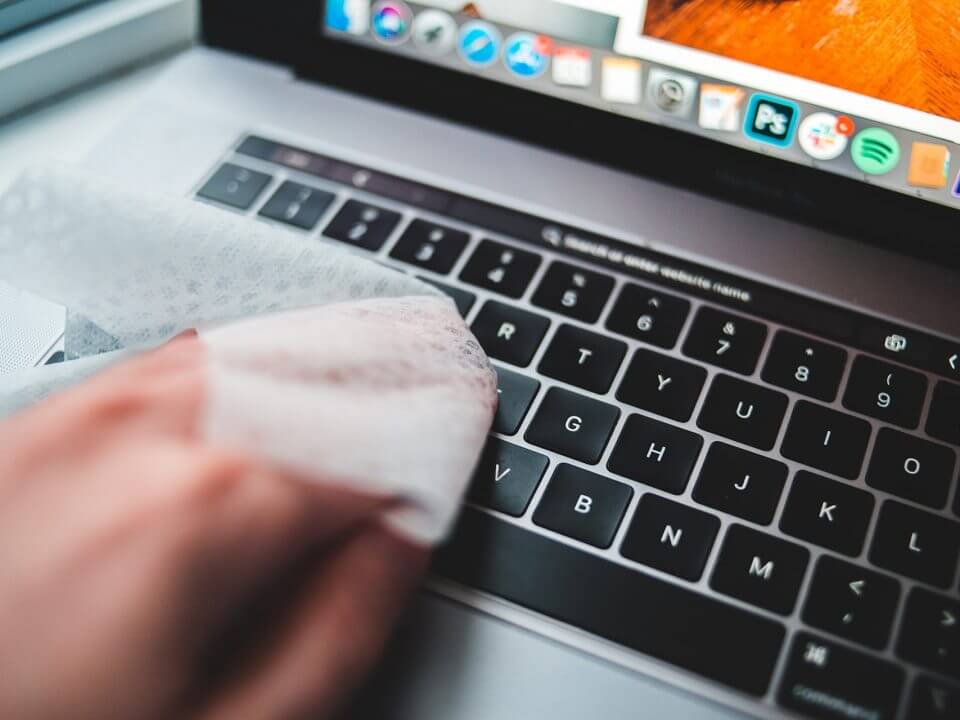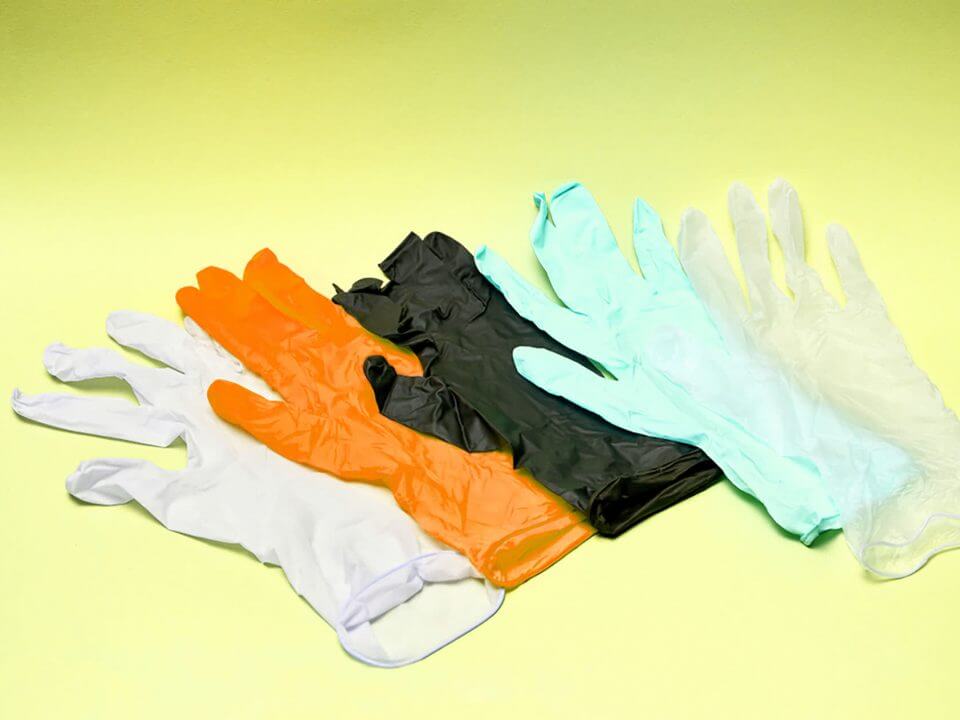20 May 2020
20 May 2020
The quality of a glove is extremely important as it provides a first line of defense against harmful microorganisms. While a high-quality glove is available in the market, sometimes those of less quality are purchased and worn unknowingly. Check out our article on how to choose the right glove for the proper protection
Do you like it?0
13 May 2020
13 May 2020
Ces EPI usagés qui pourraient être contaminés par le virus s’accumulent et constituent un risque non seulement pour l’environnement, mais aussi pour les personnes qui pourraient être en contact avec ces derniers.
Do you like it?0
5 May 2020
5 May 2020
Dans le cadre de l'équipement de protection, de nombreux travailleurs doivent porter des gants dans différents secteurs de travail pour se protéger les mains. L'équipement de protection individuelle (EPI) est nécessaire pour accomplir leur travail et assurer leur sécurité.
Do you like it?0
29 April 2020
29 April 2020
As part of protective equipment, many workers must wear gloves in different work areas to protect their hands. Personal protective equipment (PPE) is necessary to perform their job and ensure their safety.
Many people do not give a lot of importance to the choice of gloves and wear what is provided to them. Making the right choice of gloves provides optimal comfort, improved tactile sensitivity and prevents hand fatigue. Conversely, making the wrong choice of gloves could lead to poor performance, increased hand fatigue and an increased risk of developing musculoskeletal disorders (MSDs)
Do you like it?0
27 April 2020
27 April 2020
Intact skin is the body’s primary defense against bacteria. Therefore, careful attention must be at hand! Hand dermatitis, cracks, cuts and abrasions can all trap bacteria and compromise hand hygiene. Safe and effective practices are key to providing frequent glove users with a way to protect hands. Hand eczema has the potential to lead to decreased work productivity, increased sick leave and increased health care costs. A common barrier to proper hand hygiene and asepsis is actually due to the negative effects of products and frequent handwashing which causes a breakdown of the epithelium.
Do you like it?0
17 April 2020
17 April 2020
A virus causes several different diseases in humans, animals and plants. A human virus is smaller than bacteria and comes in many shapes—but their general structure consists of a nucleic acid core (DNA/RNA) that is surrounded by a protein coat called a capsid. An outer structure of lipids, proteins and polysaccharides—called the envelope—can also be present. A virus is not free-living. They do not have the metabolic ability to synthesize new protein coats/nucleic acids, so they must use the metabolic machinery of living cells to replicate and multiply—unlike bacteria.
Do you like it?0
7 April 2020
7 April 2020
Gloves protect from direct contact of a microorganism and indirectly from a contaminated surface. Healthcare workers (HCWs) should wear disposable gloves during all patient care activities where there is a potential to be exposed to different hazards—such as contact with saliva, blood and mucous membranes. They should also be wearing gloves when handling items or surfaces contaminated as well as infectious materials and/or sharps. Healthcare workers should be provided with appropriate gloves to meet the needs for their protection.
Do you like it?1
6 April 2020
6 April 2020
For keeping your hands safe & healthy - not all gloves are created equally. Your choice of protection products depends on the type of jobs you have to do with them. Health care workers need to choose gloves that are approved for use in their field and labelled as medical (examination) grade. Industrial workers have requirements for choices of gloves that offer them protection and keep themselves safe as well, but these are not typically labelled.
Do you like it?0
5 April 2020
5 April 2020
Hands are one of the most important body parts containing microorganisms and spreading diseases. There are two types of microbial flora on the hands.
Resident skin flora—consisting of microorganisms that colonize the skin and become permanent residents. They can never really be removed completely, even with a surgical scrub—but can be reduced.
Do you like it?0
1 April 2020
1 April 2020
With the most recent developments surrounding the world regarding the Pandemic of COVID-19 the correct use of Personal Protective Equipment (PPE) rationally and helping to save lives is an important topic right now.
With the COVID-19 infected number rising everyday the demands for proper and sufficient PPE especially for all frontline workers and other essential workers are impacted right now! The necessity to use PPE everyday while helping to save lives and keep themselves safe and healthy while doing their very important jobs is definitely on our minds.
Do you like it?0
26 March 2020
26 March 2020
The way healthcare and other primary necessity workers use personal protective equipment (PPE) during a patient or customer interaction is crucial. In healthcare and other primary necessity industries such as public safety, sanitary products and food manufacturing, pharmacies, grocery stores, transports and logistics, workers should wear PPE, including the proper use of gloves. Gloves are to be used as a single use item and are not meant or designed to be used for multiple use, prolonged use or daily use. And in order to provide effective protection, gloves have to be worn following a specific safety protocol. The wearing of gloves when going out for day to day activities is not recommended for the general public because it is not effective to protect against COVID-19 for this type of usage.
Do you like it?0
19 August 2019
19 August 2019
It's everywhere in your professional life, you could not work without it and yet most of you know very little about it. No, I'm not talking about your morning coffee, I'm talking about nitrile.
Nitrile itself is not a material, it is rather any organic compound where the carbon and nitrogen atoms are connected by triple bonds. There are therefore several kinds of nitriles. The one used for your gloves is butadiene-acrylonitrile but you understand why we prefer to simply refer to it as nitrile on our boxes!
Do you like it?0


